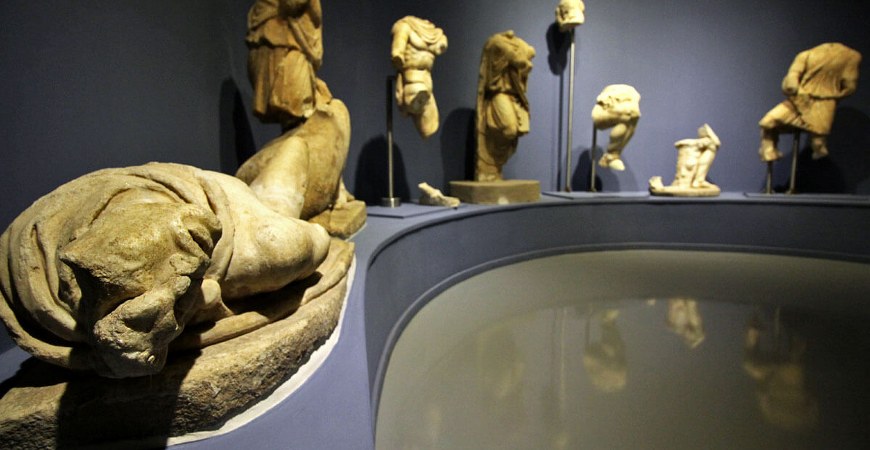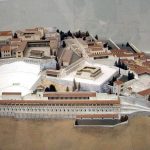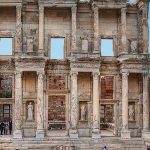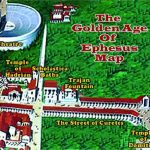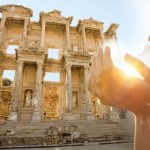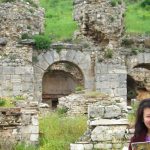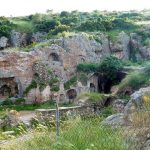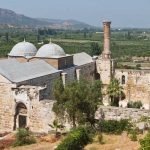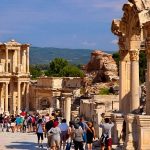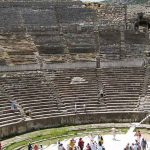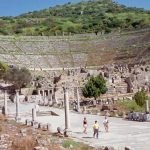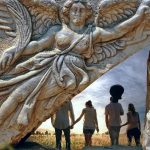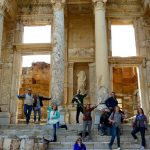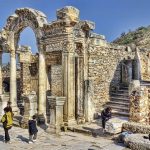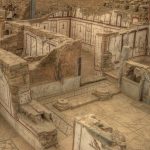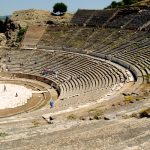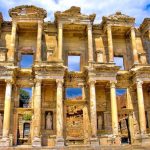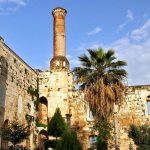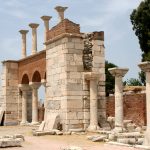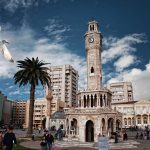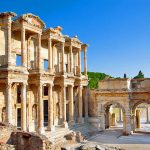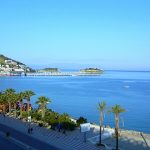Originally Ephesus Archaeological Museum has established on the road to the ruins of Ephesus in the sub-province of Selcuk 70 km. away from Izmir. When this building became too small to hold all the objects uncovered by excavations that had been taking place since 1897, a new building was constructed which was opened to the public in 1964.
The Ephesus Museum consists of a large room, a small room, a hall and a colonnaded courtyard. The exhibits are arranged as follows:
Opposite the entrance is a statue of Artemis from Ephesus, dating from the II century BC. In the hall to the left is a head Eros by Lysippios, a statue of Eros on a dolphin and the god Bes.
In the large room is a large statue of Artemis from the Roman period statues from the Fountains of Trajan and Pollio and the water palace, and a niched room containing the Socrates fresco which was taken from the Yamac Palace and brought to the museum. Among the most interesting of the works in this room are the statues of Dionysus, Triton, a Resting Warrior, and Zeus.
The small room contains mostly small items displayed in showcases. Among them are lamps, vases, and statuettes from the Greek and Roman periods, Mycean ceramics, Byzantine period objects found in the Basilica of St. Joan, heads of men and women, a frieze from the Temple of Hadrian etc.
In the open courtyard of the museum, which has colonnades and a pool, are exhibited grave steles, capitals, reliefs, inscriptions and building stones. In the center of the courtyard is a sarcophagus brought from the Belevi mausoleum, a sundial, and in showcases heads of Hermes and Bes, a bronze statuette of Eros and Dofen, the head of a philosopher from Ephesus etc. Behind the courtyard is a Byzantine mosaic brought from Aydin, an Amazon sarcophagus, and reliefs from the Temple of Domitian.


